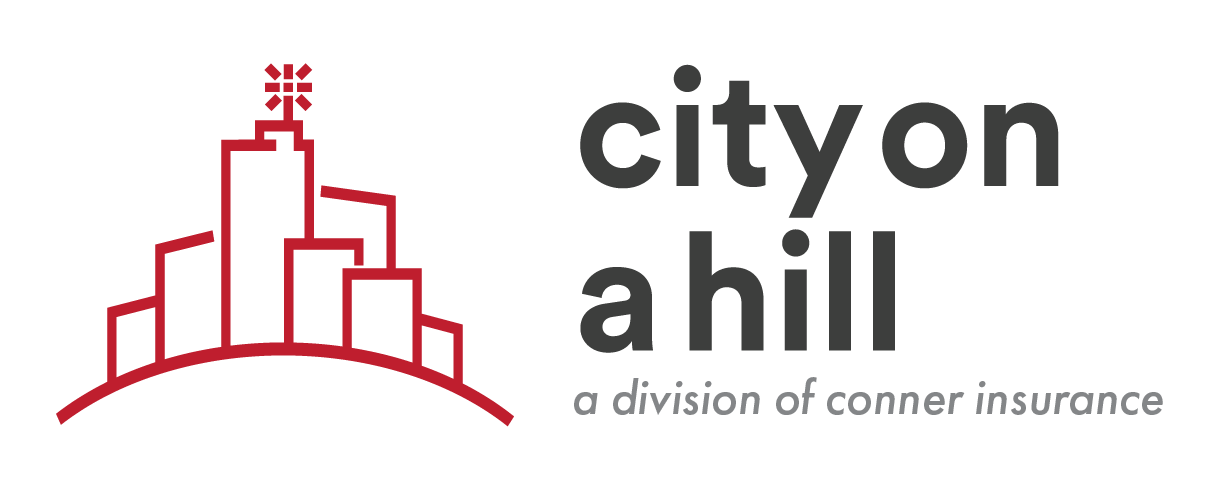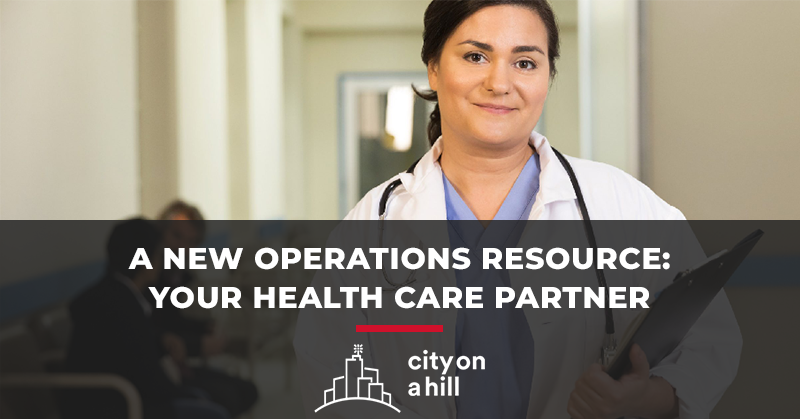Your benefits options are expanding each year as insurance providers introduce new offerings and as the healthcare exchange rolls out subsidies and plan alternatives. In this environment, your business has several potential choices, and chasing radical cost-cutting can be tempting.
For example, we have encountered organizations considering this path:
- Outright cancel the organization’s benefits plan
- Remove the internal mechanism for administering benefits (such as an HR lead)
- Direct all employees to the exchange to pick their own plans
- Leverage exchange subsidies and the staff reduction to lower costs
Would this mean lower costs for a school like yours? Yes, but that’s only part of the story.
Balancing Benefits Cost-Savings with Disruption
Costs are not always purely financial, and the rewards you unlock from something like a benefits plan are not always measurable in pure dollars nor does your benefits plan exist in isolation. It is interwoven into the whole of your organization.
You’re familiar with this concept already and likely apply it to other areas of your school.
You could, for instance, save a significant amount of money by cutting or reducing your physical education program. Gymnasiums are expensive. Sports equipment is expensive. Children have the potential to get injured in any physical activity, making liability expensive. You have to have at least one phys. ed. teacher on staff or divert one teacher’s course-load to teach phsy. ed.
If you gutted that program, you could save a lot of money, but the consequences would ripple through the rest of your work. Families considering your school might find your school less appealing because this offering is reduced or missing. Current students would get much less physical activity, which could not only affect their long-term health but also lead to potential disruptions as students get restless in class. Your staff might suffer also as teachers of other “non-essential” courses like music and art begin to worry that their jobs and their programs are next.
Yes, you saved on budget, but was the return really worth it?
The Big Return on a Benefits Plan
Most businesses, and schools are no different, find that their healthcare spend is their least controllable and most frustrating expense. You are right to want to find better solutions for this problem and to pursue alternatives to what you’re doing now, but be wary of losing sight of what an effective, in-house benefits plan does for your organization.
If you take the exchange-only approach or radically reduce your benefits coverage, you may encounter the following problems:
- With a benefits plan, employees can come to a central source to have questions answered and to use their coverage. If everyone is on the exchange, everyone has to fend for themselves.
- Benefits plans naturally include an advocate for your people, which can be an internal HR representative or an advisor who is motivated to fight for your employees, making sure they are treated fairly and get access to the care they need.
- The lack of uniformity can create tension. With every employee choosing their own plan–often based on their personal financial situation–you could breed tensions over who has procedures covered and who does not, even though they made those choices personally.
- The employee experience can be painful and navigating the current system is difficult. One of the top considerations for job candidates is the benefits plan, so forcing everyone to the exchange removes that bargaining chip and also transfers more responsibility and frustration to the employees themselves. In addition, the messaging to employees, pointing them toward subsidies based on their compensation can be a very touchy one.
- Relying on subsidies handcuffs compensation. If you increase wages based on merit, the hit from payroll taxes and the potential loss of a subsidy can mean that a raise has little material value and may even hurt the business and the employee financially.
Your benefits plan should be a strategic tool in your business. Managing costs is important, and you have more options for improving that than you may realize, but your benefits plan is also an employee retention tool, a recruiting tool, and a culture tool. If you do want to make big changes to your plan, do so carefully and with an experienced partner guiding you. Otherwise, your benefits plan might cost you far more than dollars.












